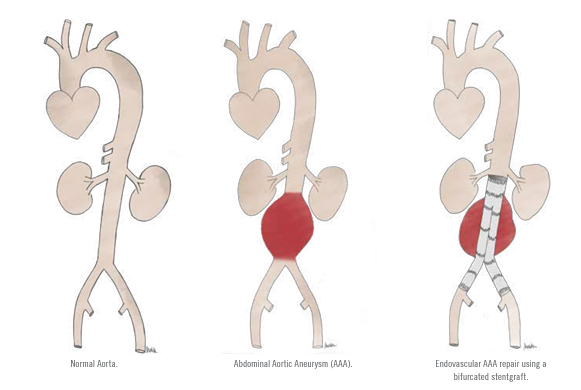Endovascular abdominal aortic aneurysm repair (EVAR) is a minimally invasive alternative to conventional open surgical repair, and is generally indicated for abdominal aortic aneurysms (AAA) that reach 5 cm in maximum diameter.
Inferior Vena Cava (IVC) filters are medical devices that play a crucial role in preventing life-threatening complications in certain patients. These filters are designed to capture blood clots that may break loose from deep veins in the body and travel to the lungs, causing a pulmonary embolism.
When it comes to your vascular health, understanding the various treatment options available is crucial. Endovascular thrombectomy is an innovative procedure that has transformed the management of certain vascular conditions, particularly patients with deep vein thrombosis, a type of blood clot typically occurring in[…]
Diabetes is a chronic disease that affects millions of people around the world. It is characterized by high levels of glucose (sugar) in the blood due to the body's inability to produce or properly use insulin, a hormone that regulates blood sugar levels. Unfortunately, diabetes is often linked to vascular diseases,[…]
Vascular malformations occur in about one percent of all births. Although the disorder is rare and sometimes harmless, it can lead to serious or even life-threatening complications. If left untreated, these malformations can grow larger over time and might cause cosmetic deformities and functional problems. This is[…]
Most patients diagnosed with a vascular condition are ready to resume their daily routine. But, diving back into your exercise routine may put you at risk of complications.













.jpg?width=944&name=Castle-Connolly-Top-Doctors-Emblem-Large%20(4).jpg)